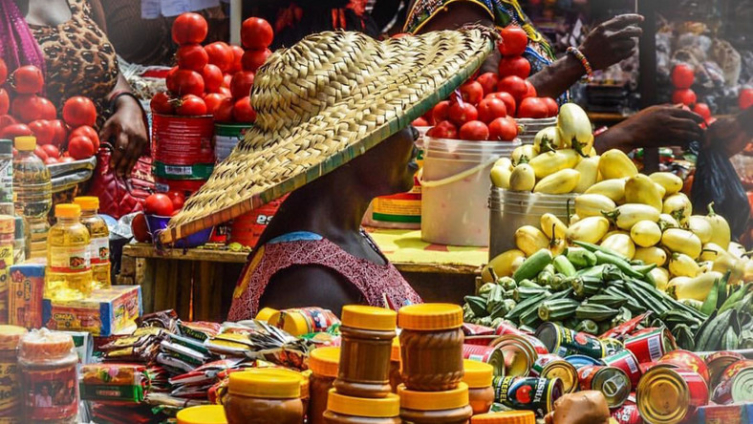
Audio By Carbonatix
The country could miss out achieving single digit inflation for this year, as prices of some food items remain high.
The nation has been enjoying single digit inflation since August 2019 until March 2020.
But according to the Bank of Ghana’s Inflation Outlook Report, the sharp rise in inflation in the second quarter of this year has somehow affected the slowdown in inflation rate.
The Central Bank said the disruption in the disinflation process has a potential of prolonging the time horizon for reaching a stable state of inflation.
Latest forecast shows that inflation is currently above its upper limit, driven mostly by food prices.
Adjusting for the unusual noise in the food inflation, the indications are that underlying inflationary pressures are stable.
“The projections show a return of inflation to the medium-term target band by the second quarter of 2021, partly conditional on corrective fiscal measures being introduced in the near-term”, the report emphasised.
According to the report, inflation expectations of the financial sector, businesses, and consumers have all trended upwards.
This could compel the Monetary Policy Committee to adjust the Policy Rate-the rate at which it lends to commercial banks-upwards from the present 14.5 per cent. This means the cost of credit may go up.
After remaining flat at 7.8 per cent in the first quarter, inflation rose to 11.2 per cent in the second quarter.
This sharp increase was driven largely by food prices, which spiked in response to the panic-buying episode preceding the partial lockdown that was announced at the end of March 2020.
Food prices continued to increase from 8.4 per cent at the end of the first quarter to 13.9 per cent at the end of the second quarter, while, non-Food inflation also rose from 7.4 per cent to 9.2 per cent, but this has been at a much slower pace than food prices.
Latest Stories
-
Joana Gyan Cudjoe Teacher Initiative supports 39 schools in Amenfi Central
5 minutes -
From Administrator to CEO: Alice Nimako Debrah-Ablormeti crowned Female Real Estate Leader of the Year
9 minutes -
AMA kerb and median repainting gains momentum across Accra
14 minutes -
Pray for government as we work to deliver development – Interior Minister
19 minutes -
Ghana CEO summit marks 10 years of impact, sets sights on economic transformation
24 minutes -
Gov’t records 33% oversubscription of T-bills for the 3rd week running
35 minutes -
Leukaemia, Last Chance Abroad: Bone Marrow Transplant Centre to cost Ghana $11m – Leukaemia Foundation Project
38 minutes -
TAGG hails government for scrapping COVID-19 levy
55 minutes -
5 Ghanaian artistes to look out for in 2026
1 hour -
Ghana needs $10m to build world-class Leukaemia Treatment Centre – Leukaemia Project Foundation
1 hour -
Adelekezu residents burn six vehicles, destroy mining company’s property after boy’s death
1 hour -
Colombian Vice President leads business delegation to GPHA to explore investment opportunities
1 hour -
TCDA to establish 16,000 hectares of tree crop enclaves across all 16 regions
2 hours -
Pending applications won’t halt Kpandai parliamentary rerun – Kwame Akuffo
2 hours -
Adwoa Safo says her political future lies with Bawumia rather than Kennedy Agyapong
2 hours

